Pecos 7 A.M. | Interview | Lost 1970s Texas Heavy Blues Rock
Pecos 7 A.M. were a Lancaster, Texas based band formed at the end of the 60s playing heavy psych blues rock. The band released a 45 single in 1971 for Del-Mar in 1971.
The origin of the band can be found in the Lancaster High School which had their own rock group, The Kolumn, with Don Tanner on vocals, John Nixon on lead guitar, Bill Thornhill on bass and Ted Wrenn on drums. Pecos 7 A.M. consisted of Don Tanner (vocals), Bobby Cartlidge (drums), John Nixon (lead guitar), and Philip Epps (bass). Later lineup of Pecos included a very young Stevie Ray Vaughan on guitar.
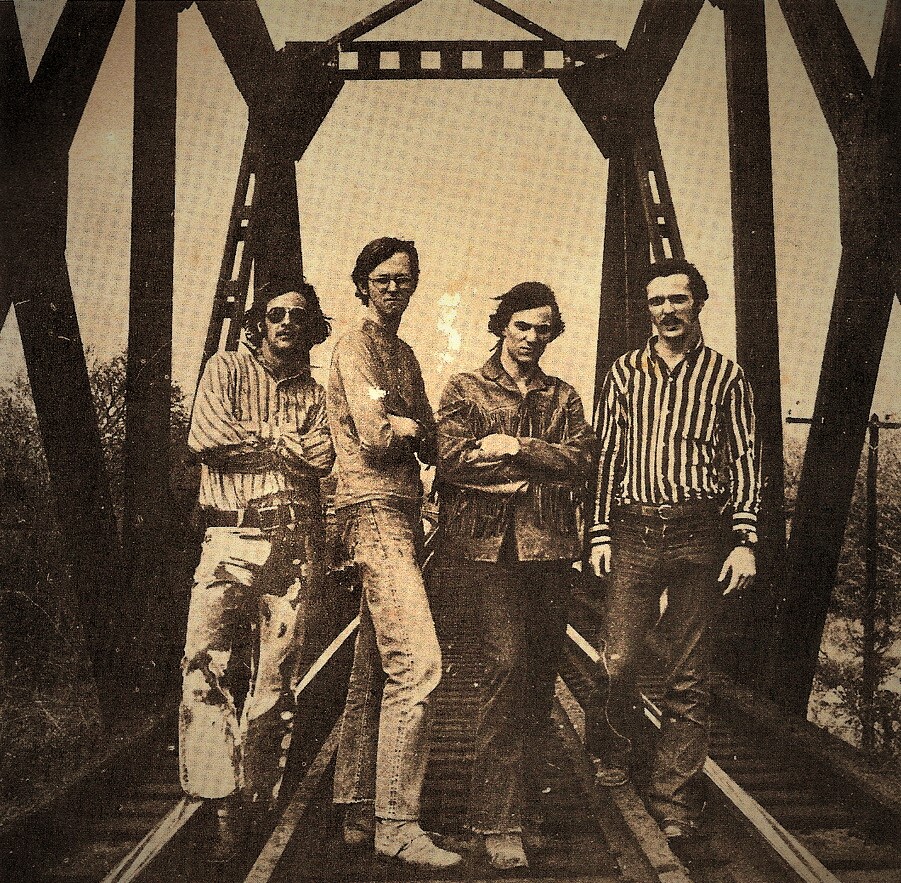
Was there a certain moment in your life when you knew this was it and you want to become a musician?
Bobby Cartlidge: My dad, A.C. Cartlidge, joined the US Navy right after December 7, 1941, and due to his extraordinary shooting talent was trained as a 20mm gunner on an escort carrier in the Pacific. However, due to his youth and still growing, his 6’5” frame was too big and tall to man the gun, and was reassigned. Fortunately, he met an older sailor at Pearl Harbor who took him under his wing and pulled some strings and got him into chef school. After that training he was promoted to be an Officer’s Chef onboard the same aircraft carrier. Dad had three assistant cooks, black sailors from Louisiana who brought their record player and collection of blues records on the ship. My dad bunked with these guys who played these old 78RPM albums by Big Bill Broonzy, Robert Johnson, Mississippi John Hurt, Leadbelly, Elmore James, T-Bone Walker, Charley Patton, Louis Armstrong, et cetera. Dad developed a love of this music, along with the music of his east Texas youth, Jimmie Rodgers, Bill Monroe, Roy Acuff, and the others who played on the Grand Ole Opry. After the war, dad bought a National Resonator and did his best to learn how to play it, but just did not have the talent. But, he never lost his love of those blues recordings, and after getting married in 1948, he began to collect those blues records when he had some extra money. He also went to an electronics school on the GI Bill after the war, and got his Ham radio license, then built a small radio shack behind our home in Athens, Texas. Of course, I followed in his footsteps and especially on Friday and Saturday nights we’d listen to Nashville, Tennessee 50,000 watt clear-channel radio station WLAC, 1510 on the AM dial. There were these white disc jockeys who promoted Randy’s Record Mart, and played what were then called “race records,” which were recordings by black artists, which were NEVER played on Texas radio stations during daytime hours. Of course, all that changed when Chuck Berry, Fats Domino, Little Richard, and all the doo-wop groups began to become popular with young white listeners who had disposable income to buy their 45’s. So, from age 6 to 12, dad and I bonded together through our love of the old blues masters. I, too, tried to learn guitar, but also lacked any ability. My parents would let this lady babysit us on Saturday nights so they could go out, and this lady had a teenage son who played the drums. He had this huge Slingerland red sparkle set in their living room, and let me sit on the stool, and bang away. His name was Joe (cannot recall their last name), and he showed me how to hold the sticks, how to play the bass with my right foot and cross hand on the high hats, and it wasn’t long before it hit me that this was my fate in life…to become a drummer. I was 8 or 9, and I had a fierce fever.
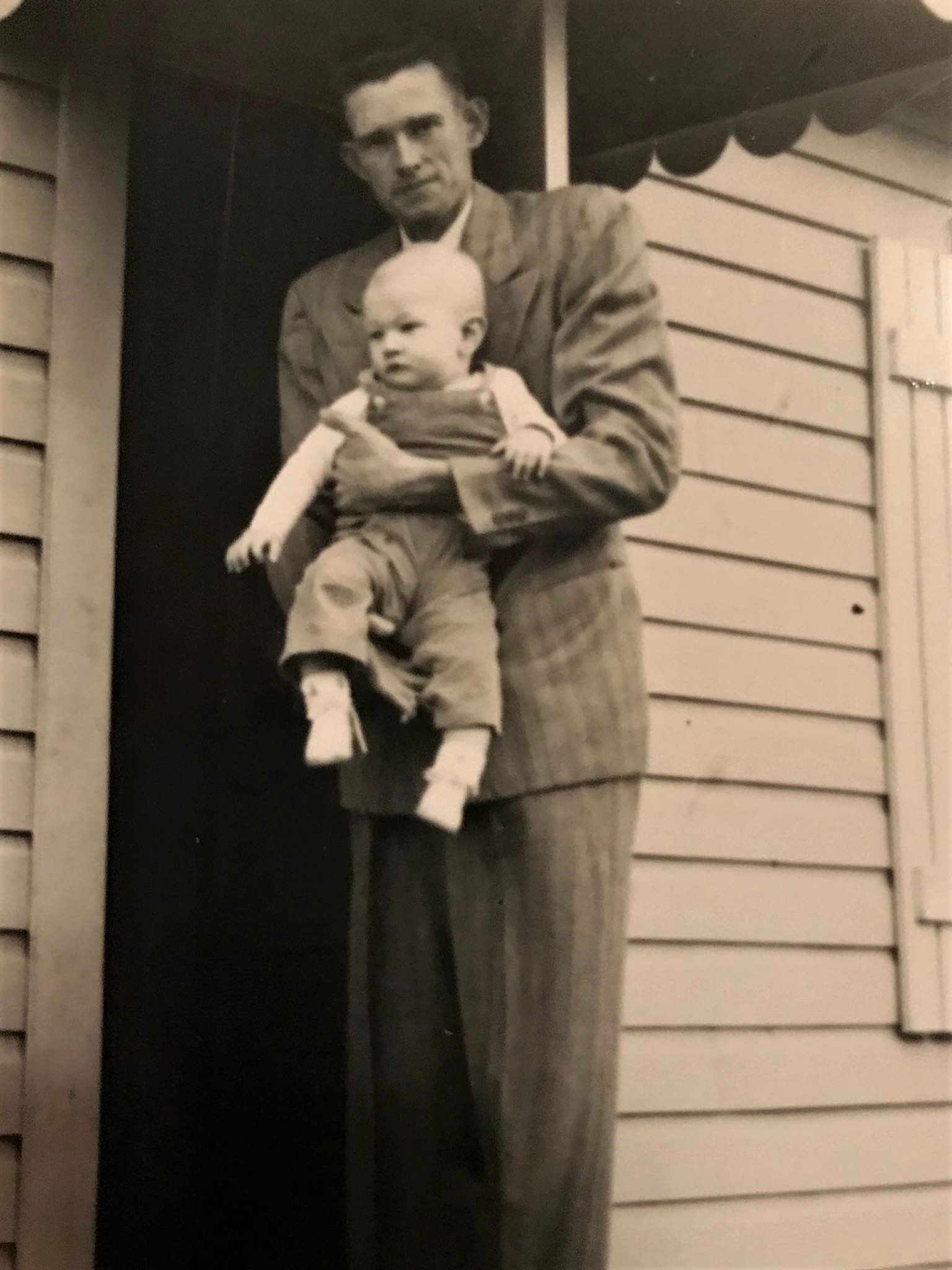
Would you like to tell us what songs inspired you at the beginning? Did you hear a lot of blues tunes via airways?
I saved money from mowing lawns in my neighborhood and I think I spent $6 or $7 and ordered the double album, ‘Jimmy Reed at Carnegie Hall’ in 1961 from Randy’s Record Mart, the first album I ever purchased. I was ten years old. My parents had bought a huge oak wood console stereo and I’d put that album on, crank up the volume, and practice to each song by playing drums on my mom’s ironing board with a pair of Ludwig 2B sticks I’d bought for $1.50. In those days of the late 50’s and early 60’s, there were NO radio stations in Texas that played blues records in the daytime; they’d play 45’s by popular black groups, but, one would have to listen to WLAC out of Nashville, WNOE in New Orleans, or XERF from Ciudad Acuna, Mexico, late at night to hear anything close to blues music.
What was life like in Texas when you grew up?
I was the typical east Texas kid who had great parents and loving grandparents who taught me the Golden Rule as the only way to live. I loved school, was not a great athlete, but was pretty intelligent, made great grades, and had an enormous appetite to read. My folks love of all music (with the exception of jazz) became my passion, too. It became as much a part of my life as I started teaching myself to play an old Gretsch snare drum my dad spent $5 on in a pawn shop in Tyler, Texas. It had an old calfskin head that I constantly had to tune and take care of due to the extreme high humidity of our part of Texas. But, it was mine and I babied it constantly, even though I beat the ever-loving crap out of it daily. I drove my poor mother crazy with my playing. Mom never could grasp the idea that it was almost impossible to play a snare drum quietly.
One spring Saturday evening in 1962 or ‘63, my family loaded up and drove north of Athens to a private club called the “Sunset Ranch,” which was run by a local yokel named Cowboy Weaver, who charged $5 a carload admission. It was your typical outdoor facility with his somewhat-talented country band playing atop a flatbed trailer and a dance floor made of cobbled-together plywood sheets for the couples to two-step to the Cowboy’s renderings of Bob Wills, Johnny Cash, Ray Price, Hank Thompson, Patsy Cline, Wanda Jackson, and others. My dad enjoyed his cold beer, and with the alcoholic fortifying his thinking, talked Weaver into letting me sit in on a song. Dad lifted me up on the trailer bed, and I shyly took my place on the drummer’s throne. Ol’ Cowboy asked me if I knew any Bob Wills, and I was so scared I nodded yes, without even thinking. As soon as I heard the fiddle intro, I fell right into the sway and we played ‘San Antonio Rose,’ something in 4/4 time…very simple to play on the drums. I felt no pressure and suddenly became aware how easy playing came to me. After we finished, Weaver brought me up to his microphone and said, “Let’s give this young ‘un a big hand!” I will never forget my red faced embarrassment….
THEN, The Beatles hit the States, and after seeing them on the Ed Sullivan Show on Sunday night, February 9, 1964, I was hooked at the age of 12. I could not get enough of their songs, The Rolling Stones with their bad boy image, The Kinks, The Dave Clark Five, and especially The Who with Keith Moon maniacally flailing away, and I was under the magical spell of the musicians of the British Invasion.
Would you like to discuss some of the very early bands you were part of, before Pecos 7 A.M.?
My family moved from east Texas (Athens) to Lancaster, a small suburb just south of Dallas, when I was 16 in 1967. My folks were not financially able to purchase a drum set for me, but I was a drummer in the high school band, and the band director allowed me to play a set of Sonors they had for our jazz stage band. In 1968, my senior year, I, along with a very crude guitarist and a decent bass player formed a trio, and we played a few gigs at a nearby teen club and a couple of sock hop dances. I think we made about twenty bucks each for most of these shows. Our show stopper (laughs) featured me playing the drum solo on Iron Butterfly’s ‘In-A-Gadda-Da-Vida,’ and I had Ron Bushy’s three minute solo down, note for note. Actually, it’s a very simple solo to play, if one has any talent, whatsoever.
As you were from Texas, were you familiar with bands like 13th Floor Elevators and the likes? What about the legendary Vulcan Gas Company club? Did you see any of those groups that played there?
Of course, the 13th Floor Elevators were popular, along with Mouse and the Traps, Bubble Puppy, Ronnie Dawson, Sir Douglas Quintet, The Heart Beats, Kenny & the Kasuals, Moving Sidewalks, The Chessmen (Jimmie Vaughan’s unbelievable group), The Mystics, Crowd + One, Bobby Fuller Four, The Novas, and The Outcasts, just to name a few. Local groups popular in Dallas were unheard of in Houston, and the same could be said for Austin groups that played the Vulcan. It was rare, indeed, if a Dallas band got a gig there due to their being unknown and the enormous proliferation of excellent Austin groups. There were far too many venues in Dallas to play, such as the Studio Club, the Fog, Lou Anne’s, End of Cole, Aragon Ballroom, and others without having to make that three hour trek to Austin for the same money.
What can you tell us about The Kolumn, a band that featured Don Tanner on vocals, John Nixon on lead guitar, Bill Thornhill on bass and Ted Wrenn on drums. Did they record anything? What kind of material did they play?
When I moved to Lancaster in August, 1967, The Kolumn was already entrenched as the best group in south Dallas County. They were an excellent copy band who never ventured into writing their own songs. Nixon was in my class, and Tanner, Thornhill, and Wrenn were a year older. They never went into the studio and stayed busy with weekly gigs at local high school dances, and sock hops at the local roller rink. They played the usual…’Mustang Sally,’ ‘Knock on Wood,’ some Kinks, some simple Beatles, and whatever guitar groups were on the radio.
So what led to the formation of Pecos 7 A.M. and who were members of the band?
We formed in late ‘69, strictly on a lark. Tanner was our outstanding vocalist with a powerful voice, ala Robert Plant. John Nixon was our lead guitarist, and Philip Epps was our bass player. Nixon already had the reputation of being one of the best guitar slingers in our part of Dallas County.
Let me give you some background info…. There were several extremely talented groups with roots south of Dallas, which was the home of blue collar families. Per household income in south Dallas County was far below that of the upscale neighborhoods in north Dallas. Groups that formed in Oak Cliff, The Chessmen, The Kolumn, Pecos, Solid Gold, and others, had to work twice as hard to get the higher paying gigs available in north Dallas. Therefore, we all supported one another by going to each other’s gigs, and dragging our friends along for encouragement. For instance, the first time I heard Stevie Ray Vaughan was in 1968 at a gig at a place called Candy’s Flair when he was 14. By this time, his brother Jimmie, was hailed as THE best guitarist in Dallas, as his group The Chessmen had opened for Jimi Hendrix.
When was this?
We rehearsed for two, three months on old material in late December, 1969, then John and Don got together and did their Lennon/McCartney thing and began to write songs together in January, 1970.
Where did you have your rehearsing space?
We used Del-Mar Studio, a small reconverted brick and stucco two bedroom home with a soundproof studio approximately 15 feet by 20 feet. A gentleman by the name of Bob Cady had established it and recorded numerous country groups for a nominal fee and promoted their releases on radio stations in the DFW area.
What kind of gear, amps, effects, pedals did you have in the band?
I used a Hollywood set of Ludwigs and Zildjian cymbals. As I recall, Nixon and Epps both used Fender amps; perhaps a Bassman and a Twin Reverb. John had a gorgeous red 1965 Gibson 335 and Epps played a Fender Precision.
Your only recording was released by Del-Mar Records, tell us about this label?
It was established by a gentleman named Bob Cady, who had dreams of having his own recording studio for years. He bought an old stucco and brick two bedroom house near downtown Lancaster, had some soundproof materials installed, and a small 8 track mixing board and dual Teac tape recorders, along with some playback speakers (do not recall the brand). He procured some very nice Shure and Electro Voice mics, and hit the country bar scene, passing out business cards. He signed several local, but not very impressive country singers and bands, charged them whatever they could afford and recorded their original tunes.
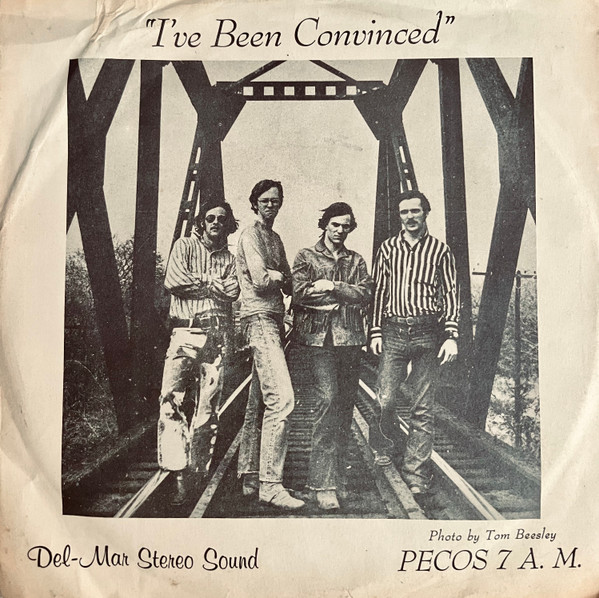
How many copies were pressed?
I believe we had 500 copies pressed at the only record pressing company in our area, A&R Records in Dallas. We mailed out approximately half to AM and FM radio stations in the DFW area, and sold the rest at gigs and to our friends. I own only one copy that’s never been played.
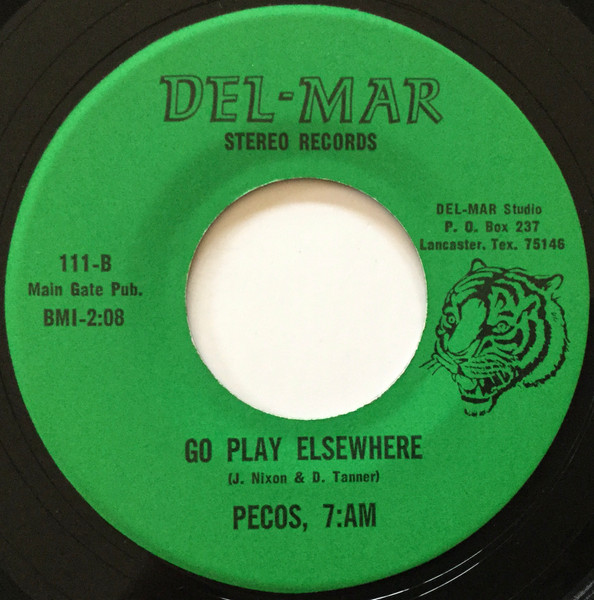
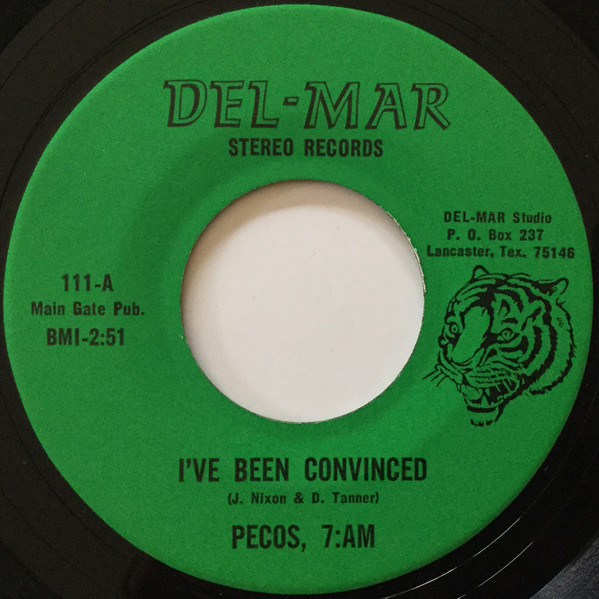
Did you get any airplay?
A couple local FM stations played us…once! We were relatively unknown, especially in north Dallas, where the money and club support was stronger than in south Dallas County.
“Depending on positive response from radio play was the impetus if we went ahead with a full LP”
Was there a talk about a full album release?
Tanner and Nixon had twelve or fifteen original tunes ready to go, and depending on positive response from radio play was the impetus IF we went ahead with a full LP. Of course, none of that came to fruition, and the idea was eventually canned.
Where did you record ‘I’ve Been Convinced’ / ‘Go Play Elsewhere’? What are some of the strongest memories from writing those songs? How long were you in the studio?
We went to Sumet-Bernet Sound Studios on Twin Hills Avenue in Dallas in late February, 1970. At that time, it was the newest and most modern recording studio in Texas; 64 track boards, Ampeg tape machines, and 5 HUGE rooms with isolation booths. We had to go to Sumet because Del-Mar was far too small, and we played far too loud for the equipment there. I think we had booked two hours of mid-morning studio time, and finished in less than 60 minutes. We had been accustomed to playing within arms’ reach of one another and here we were in this oversized room fifteen feet from one another, and it took us two, three times playing both songs to get our timing down, even with the Clark headphones the engineer provided us. We were so loud, they had to shut down the other rehearsal rooms because they couldn’t hear a damn thing with us at 95dB. So, all the other musicians crammed into the control room and watched/listened to us play.
I remember the first time I heard Nixon lay down the riff to ‘I’ve Been Convinced,’ I told him it sounded similar to Jimmy Page’s (Led Zeppelin) guitar intro to ‘Moby Dick’. I had zero input on the songs, neither with the melodies nor the lyrics. That was all Tanner/Nixon’s thing. John would play a riff, give me an idea of the beats per minute he liked, and I made up my part. Then, he would teach Phil, our bassist, what to play. Tanner wrote most of the lyrics.
What did your repertoire look like? Did you have more original songs?
We were totally enamored of Jeff Beck, Led Zeppelin, and especially Johnny Winter, along with Free, Savoy Brown, and others of that ilk. During gigs we’d insert our own tunes. Some we got great responses from, others…not so much.
Is there any unreleased material by Pecos 7 A.M.?
Sadly, no.
How did you choose to name the band “Pecos 7 A.M.”?
I have no idea who or how the name came about. Probably Nixon or Tanner thought it up…. The idea was to just call ourselves “Pecos,” then we decided to name our (hopeful) album “7 A.M.”…when Bob Cady took the master tapes to A&R Pressing, he added the “7 A.M.” to the record sleeve, much to our chagrin, but what was done was done, so thereafter, we were known as “Pecos 7 A.M.”
Did you ever experimented with any of the psychoactive substances as you were playing around that special time in music history?
I never cared for hallucinogens. Just smoked your basic cheap ass Mexican dirt weed, as we called it. Sometimes some hash would appear, although that was a rarity. Ten dollars a lid (ounce) was the going price in those days. During gigs I like to sip on tenths (half a fifth) of Boone’s Farm Strawberry Hill wine to get a semi-buzz.
What one must remember was in those days, if you got busted by the police with any amount of marijuana, it was an automatic two year stretch in the State of Texas penal system. Those days were of paranoia and fear, to be sure.
What would be the craziest gig you ever did?
We did a twenty minute showcase at Dallas’ Mountain View Junior College one night for free just to get some exposure. There was a black gospel choir with an organist, a very large a cappella choir that sang some Druid chants (they were definitely strange, to say the least), a Dixieland group, and headlining was Ed O’Shaughnessy (the GREAT drummer for Doc Severinsen’s band on The Tonight Show) was there with his six piece jazz combo. He stood in the wings of the auditorium and watched me play…. I knew he was there and I was nervous as hell! He was very kind and gracious to me afterwards and complimented my playing.
Looking back, what was the highlight of your time in the band? Which songs are you most proud of? Where and when was your most memorable gig?
That’s hard to say…we had a good time every time we played. I guess I’m most proud of the originals we did.
Now, my personal most memorable gig was NOT with Pecos. Years before SHOWCO became the conglomerate they are now, Jack Calmes, who started SHOWCO in Dallas, booked local groups for a 15% cut of their total take. He was excellent at procuring gigs all across the state. Anyway, one Friday night in the summer of ‘72, he had us booked at a place that all we knew about it was an address in far east San Antonio. He made sure we got paid, and would not book a group until he got a check for 50% of the agreed upon price in his hands. Anyway, we finally found the location and it turned out to be a reconverted airplane hangar that was now the Bandidos Motorcycle Club headquarters. We pulled up and all these bad asses came out to our vans, greeted us with cold beers, and actually helped us with unloading and setting up our massive amount of equipment, which included four JBL Sound of the Theater speakers for our P.A. They had several BBQ pits and cooked up hamburgers and sausages for us. Anyway, we were to play from 9PM to 1AM, but they talked us into starting early. By ten they were all drunk and were having a great time.
All they wanted to hear was ‘Born to be Wild’ and ‘The Pusher’ by Steppenwolf. We must have played those two songs for an hour. When we were finished and doing the load out, they actually paid us more than the original negotiated contract called for. If you’ve never heard of the Bandidos, check them out. They are definitely a group of gentlemen not to be trifled with, for sure.
What happened after the band stopped? Were you still in touch with other members? Is any member still involved with the music?
As with all groups, egos have a way of screwing things up. It’s like Elvis Costello says,
“Two little Hitlers will fight it out until,
One little Hitler does the other one’s will”.
Without delving into the details, I grew weary of the infighting, lack of energy, and no overall sense of the future direction of the band. I was still attending college at University of Texas at Arlington, studying electrical engineering, and eventually I separated myself from the guys. I joined other groups and had steady gigs with guys who were true professionals and gave a shit about their music.
After I split, Nixon and Tanner had Stevie Ray Vaughan and another drummer come into the band for a short while, but that didn’t last three months, as I recall. Philip Epps rejoined the US Navy and made a career out of service to our country. Tanner moved to Austin and sang for three years for a successful group, Triple Kick, and Nixon played with a group, Power Memorial, for a time.
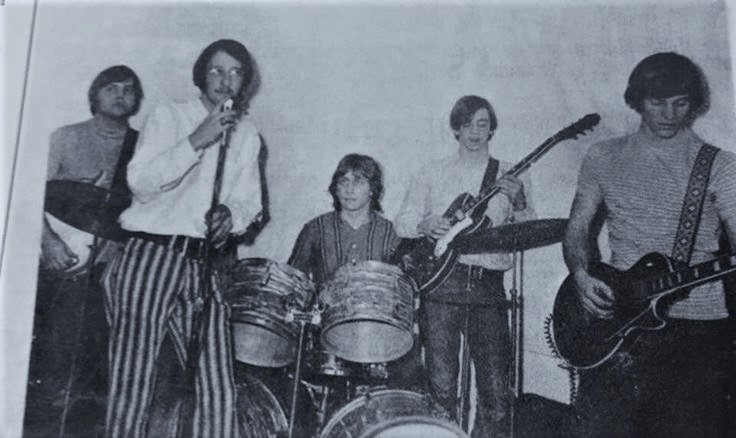
What currently occupies your life? Were you or any other members on any other records later on?
I’m a retired U.S. Postal Service manager with 34 years of experience and currently I teach underprivileged kids how to play drums at our local community college for free.
In 1974, or thereabouts I got my American Federation of Musicians union card and because I knew how to read music and drum charts, I had many great paying gigs as a studio drummer in studios in the DFW metroplex for many years.
What are some of the most important players that influenced your own style and what in particular did they employ in their playing that you liked?
Of course, there was Sandy Nelson, then Hal Blaine, Ringo made the decision for me to ALWAYS play Ludwigs, Keith Moon with his crazy antics, John Bonham for his straight to the point pure power, Bill Bruford of YES with his Chinese-style of drumming, Billy Cobham showing me how to play from left to right, and Levon Helm for his “keep it simple, stupid” style. But, my all-time favorite and most respected drummer is Richie Hayward of Little Feat…he had more talent and ability than any drummer I ever witnessed in person.
Klemen Breznikar
Headline photo: Pecos 7 A.M. (1970) | Left to right: Bobby Cartlidge (drums), Don Tanner (vocals), Philip Epps (bass), John Nixon (lead guitar) | Photo by Tom Beesley | Photo courtesy of David Nixon

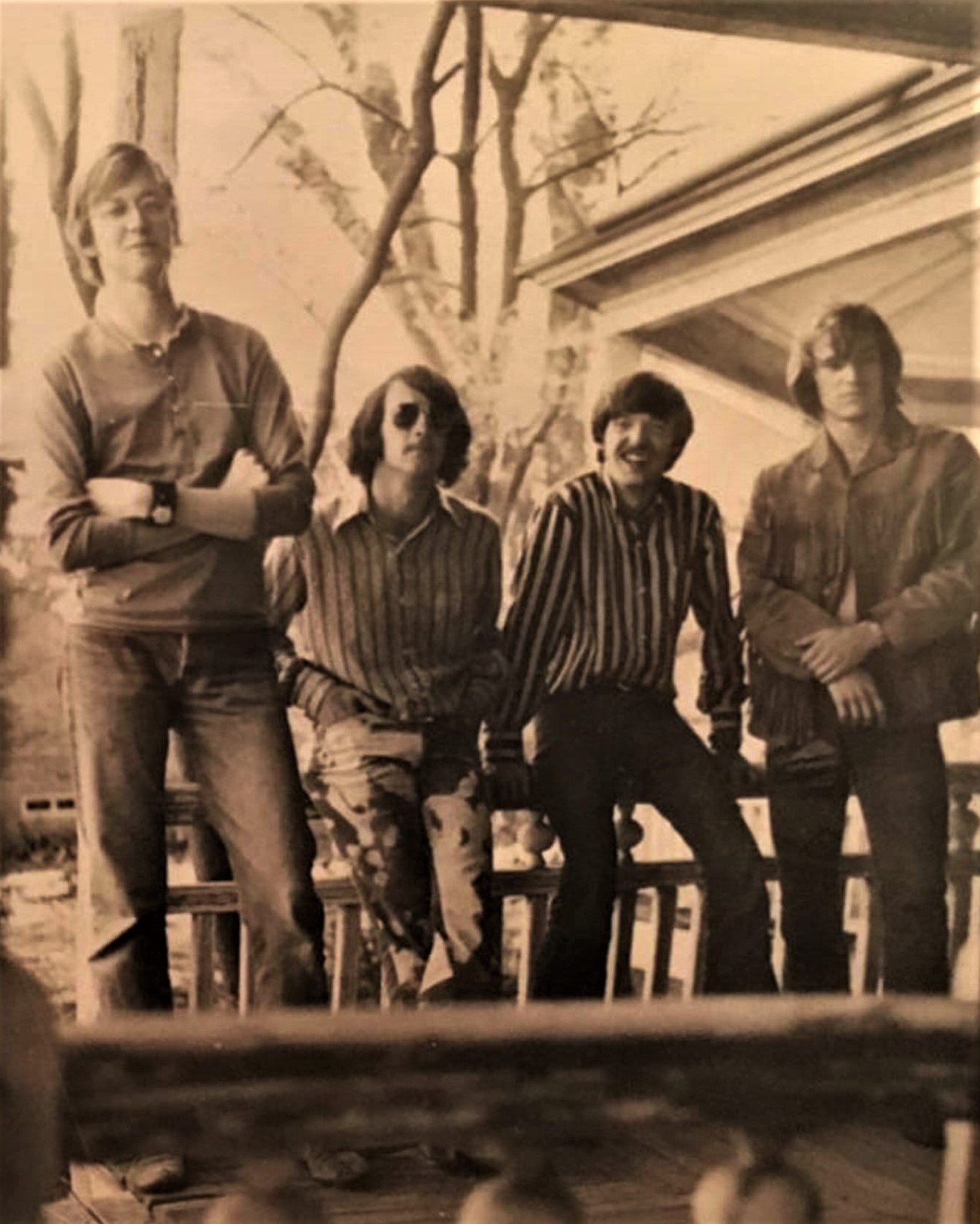
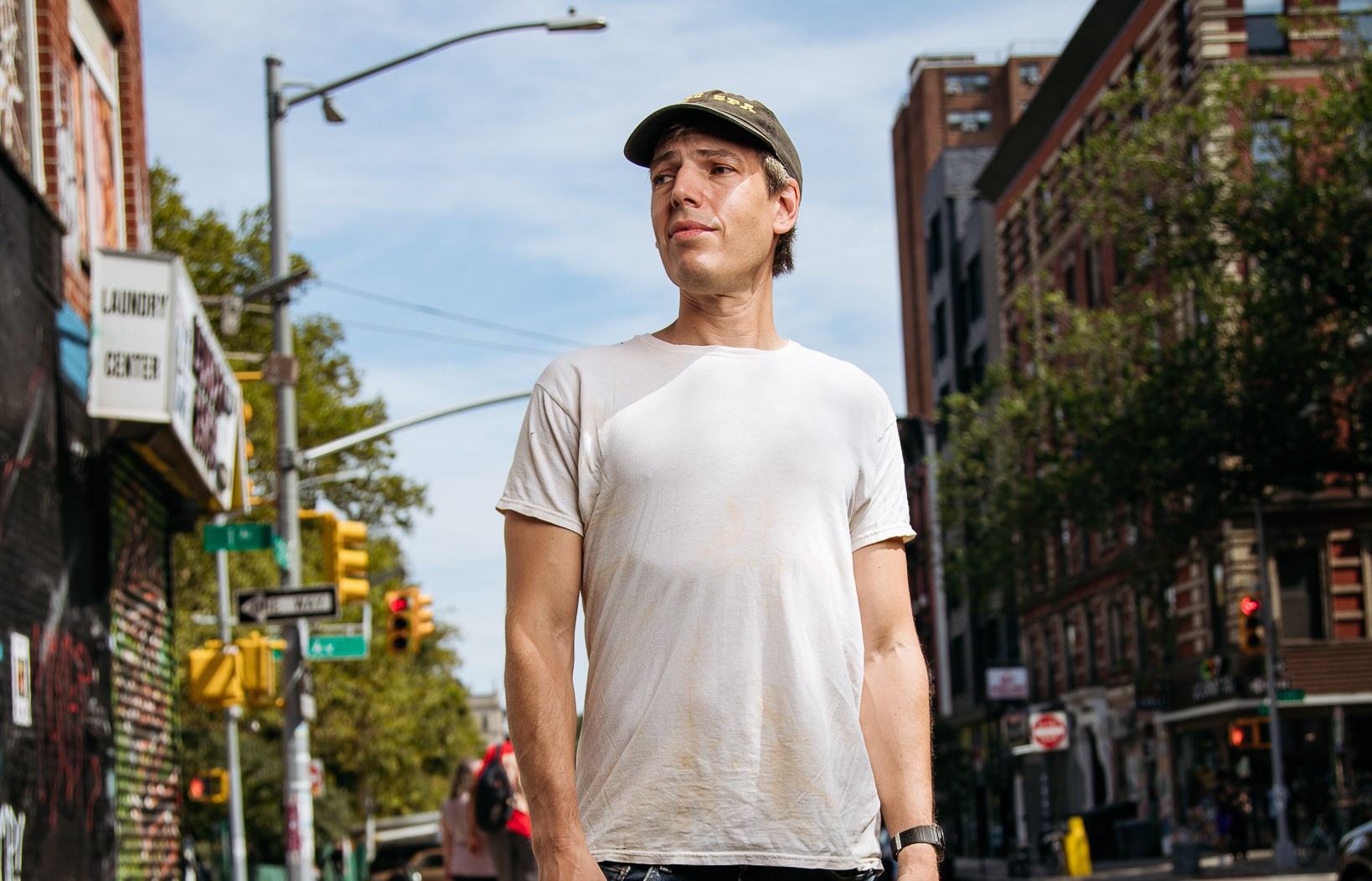
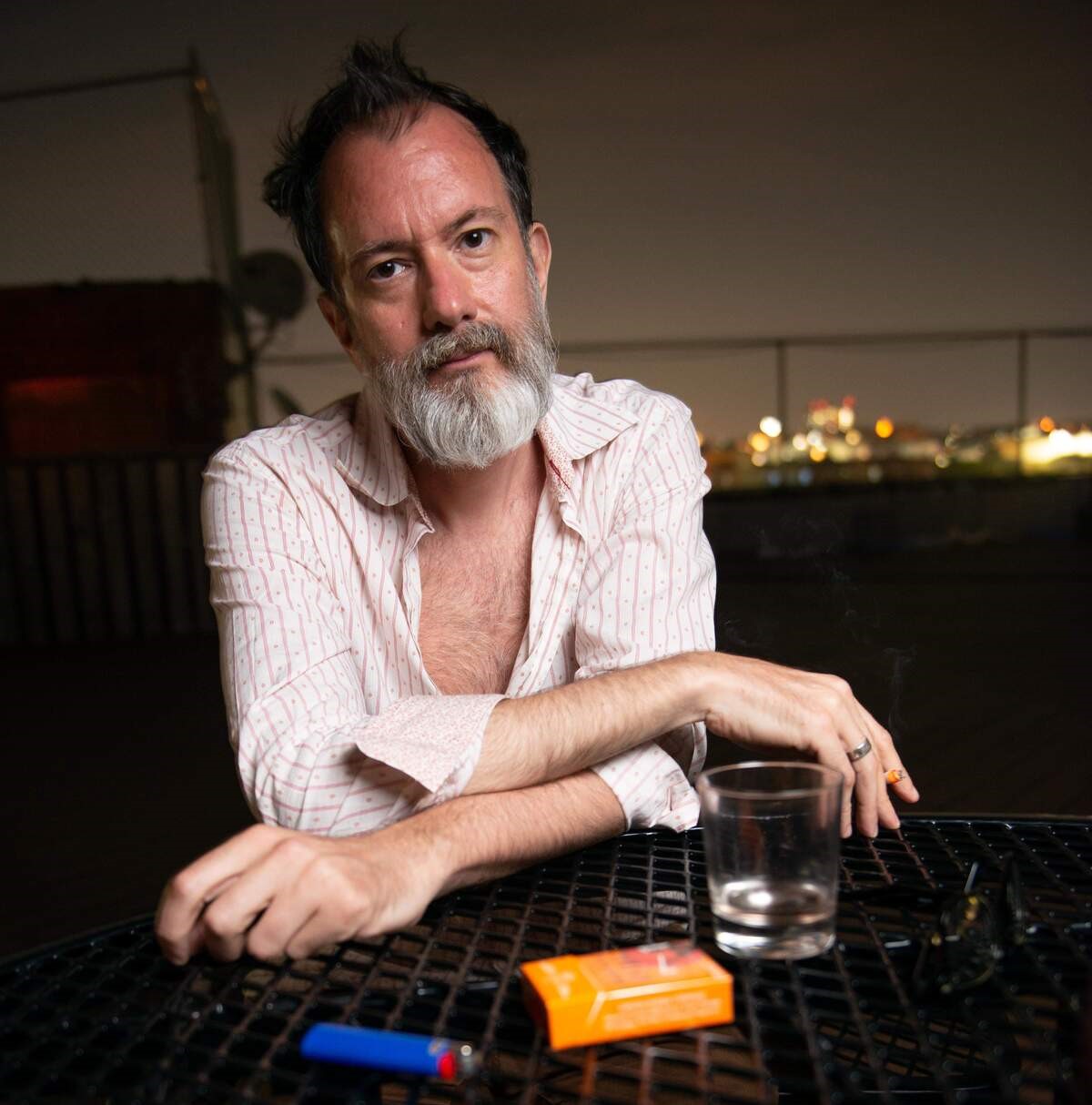

Joe Bob Wilmore is my dad. I have so many stories of my dad playing with SRV.